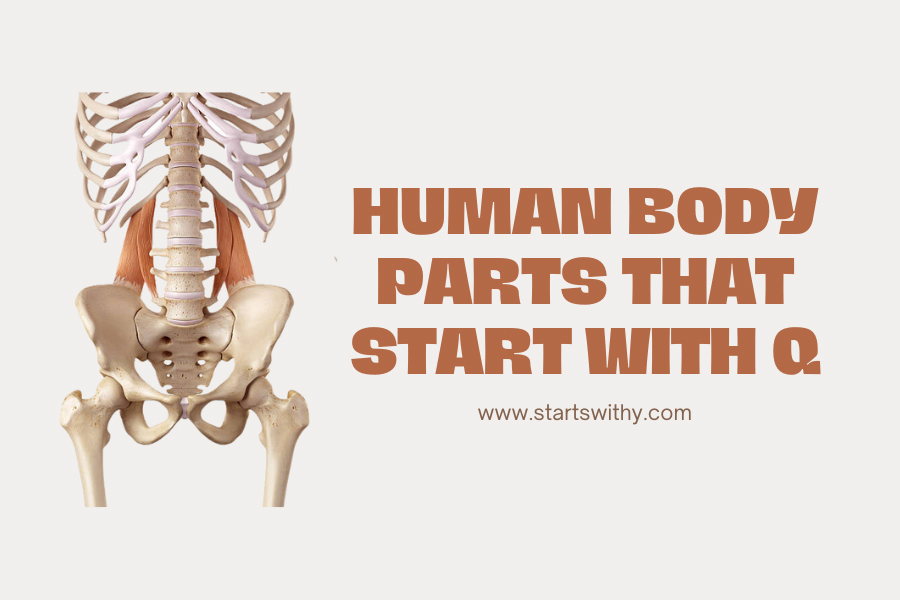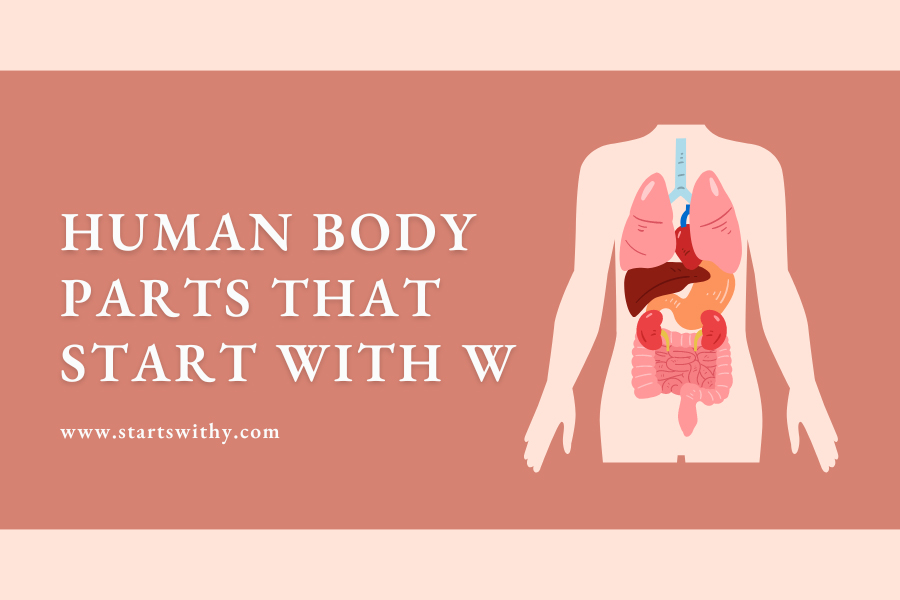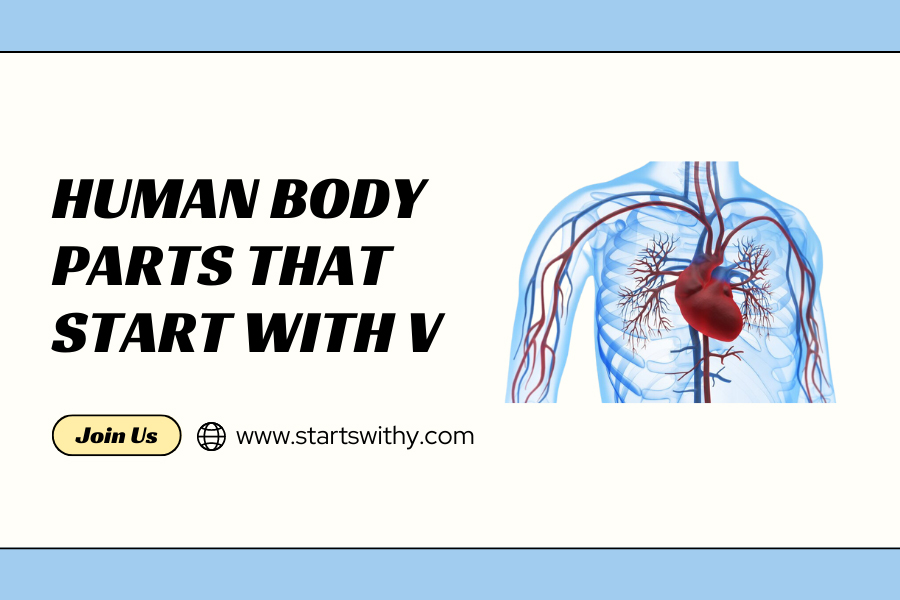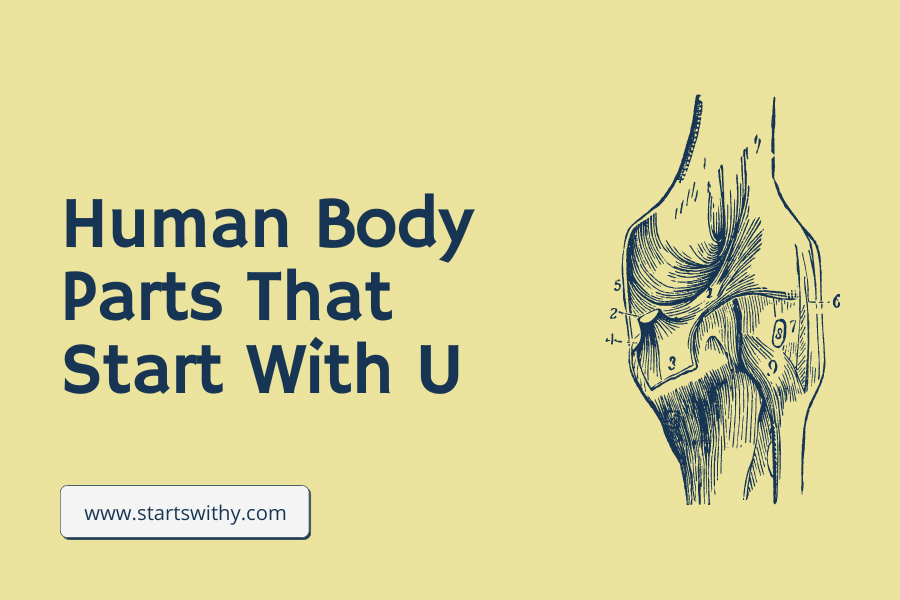The intricate labyrinth of human anatomy, replete with its diverse components and structures, is a testament to the complexity and marvel of life. As we traverse this vast terrain alphabetically, some letters present a denser exploration, while others, like the letter ‘Q’, introduce us to a more niche segment of our bodily composition. While ‘Q’ might not boast an extensive list of body parts, the structures it represents are no less vital or fascinating.
This article embarks on an intriguing journey through the body parts prefixed by the letter “Q”, delving into their unique attributes, essential functions, and the often-underappreciated roles they play in our holistic well-being. Brace yourself for an insightful foray into some of the lesser discussed, yet equally captivating, corners of our anatomy.
Human Body Parts That Start With The Letter Q
The vast and intricate landscape of human anatomy, while well-explored, still holds pockets of lesser-known territories. When navigating this terrain alphabetically, some letters open doors to expansive galleries, while others lead us down more niche corridors. The letter “Q” belongs to the latter category.
Although not bursting with entries, the “Q” section of our anatomical dictionary has intriguing elements worth our attention. This article seeks to explore the body parts starting with “Q,” offering insights into their structure, function, and importance within the human body.
Quadriceps Femoris
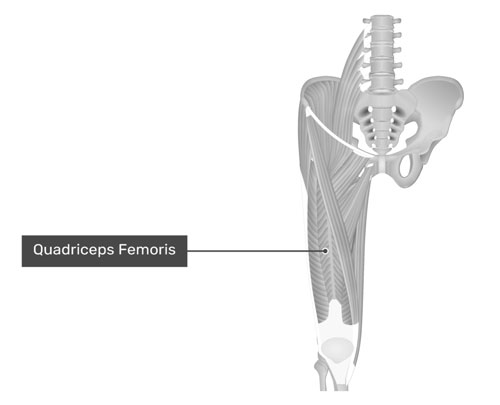
Often simply referred to as the “quadriceps” or “quads,” the quadriceps femoris is one of the most powerful and sizable muscle groups in the human body. Located in the anterior (front) compartment of the thigh, this muscle group comprises four individual muscles:
- Rectus Femoris: Originating from the pelvis, this muscle is unique as it spans two joints, covering both the hip and the knee. It aids in hip flexion and knee extension.
- Vastus Lateralis: Situated on the outer side of the thigh, it plays a significant role in knee extension.
- Vastus Medialis: Positioned on the inner part of the thigh, this muscle, particularly its lower portion (often referred to as the “teardrop muscle”), is critical for stabilizing the knee.
- Vastus Intermedius: Lying deep beneath the rectus femoris, it contributes to the primary function of the quadriceps: extending the knee.
The quads are crucial for various daily activities such as walking, running, jumping, and squatting. They also play a pivotal role in maintaining knee joint stability.
Quadratus Lumborum
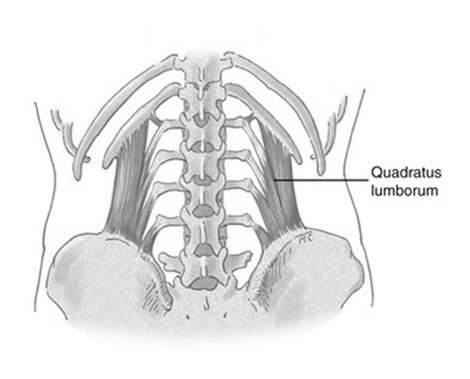
Another “Q” entry in the muscular system is the quadratus lumborum. Found in the lower back on either side of the lumbar spine, this muscle connects the pelvis to the lower ribs. Its primary functions include:
- Lateral flexion of the spine (bending side-to-side)
- Extending the lumbar spine (arch-back posture)
- Assisting in stabilizing the diaphragm during respiration
Given its location and functions, a healthy quadratus lumborum is vital for proper posture and preventing lower back pain.
Questioning Brain: The Curious Commander
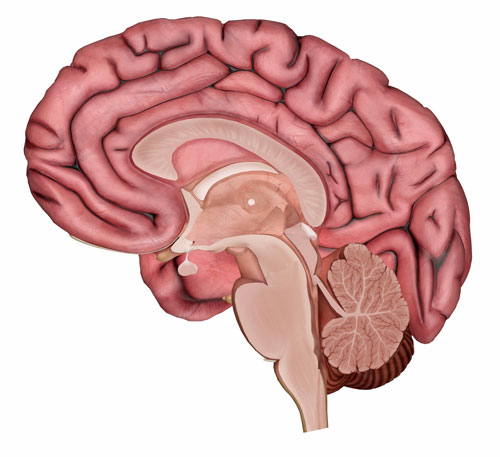
Imagine a bustling control center where ideas spark, questions fly, and solutions are sought. That’s the questioning brain, encompassing various regions that fuel our insatiable curiosity. This network includes:
- Prefrontal cortex: Acts as the executive planner, guiding our thoughts and choices.
- Hippocampus: Processes information and forms memories, helping us connect new experiences to past knowledge.
- Amygdala: Triggers emotional responses, fueling the drive to explore and understand the world around us.
Key facts:
- Brain development: Curiosity peaks around age 4-8, driven by rapid neuron growth and connections.
- Ask away!: Encouraging questions fosters critical thinking, problem-solving, and a lifelong love of learning.
Tip: Engage children’s questioning minds with open-ended prompts, hands-on activities, and opportunities for exploration. Remember, every “why” is a chance to ignite a passion for discovery!
Quin: The Master of Balance
Picture a tiny bone nestled deep within your foot, playing a crucial role in stability and movement. That’s the quin, a small, irregularly shaped bone located in the back of the foot. While small, it packs a big punch with its vital functions:
- Connects bones: Forms a joint with the talus bone (ankle bone) and the navicular bone (midfoot bone).
- Stabilizes the foot: Provides support and balance, particularly when standing or walking on uneven surfaces.
- Absorbs shock: Cushions the impact of each step, protecting the other bones and joints in the foot.
Key facts:
- Size: About the size of a pea, though its shape can vary.
- Foot health: Maintaining strong foot muscles and flexibility helps protect the quin and other crucial foot bones.
Tip: Encourage children to engage in barefoot activities to strengthen their foot muscles and improve balance. Simple exercises like toe raises and heel lifts can also help keep the quin healthy and happy!
Quadratus Muscle: The Powerhouse of Posture
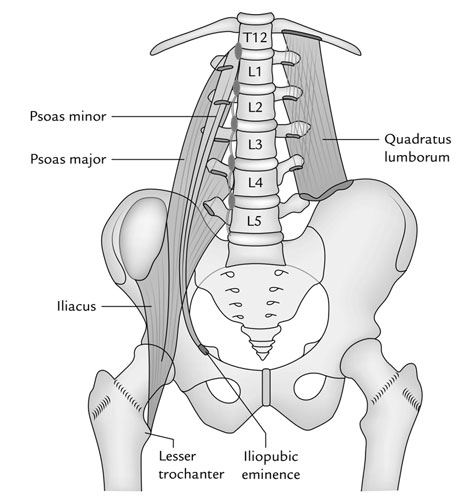
Now, move to your lower back and meet the quadratus lumborum, a broad, flat muscle responsible for keeping you upright and moving with ease. This powerhouse muscle:
- Connects ribs to pelvis: Provides support and stability to the spine.
- Lateral flexion: Helps you bend your torso from side to side.
- Pelvic control: Assists in hip movement and maintains proper posture.
Key facts:
- Location: Deep within the lower back, on either side of the spine.
- Posture matters: Strengthening the quadratus lumborum can improve posture, prevent back pain, and enhance overall body mechanics.
Tip: Incorporate core-strengthening exercises like planks and bridges into your child’s routine to keep the quadratus lumborum happy and healthy. Remember, good posture starts early and sets the stage for a lifetime of pain-free movement!
Quick of the Nail (Nail Bed)
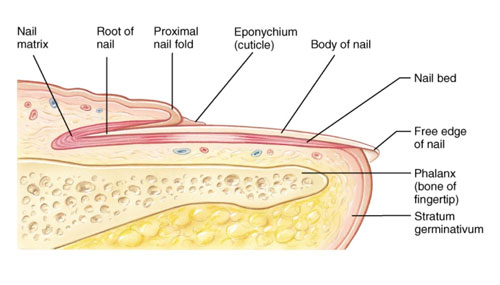
While “quick” isn’t a term used frequently in contemporary anatomy, it is an old reference to the nail bed, especially the sensitive parts beneath the fingernails and toenails. The quick contains nerve endings and blood vessels, which is why injuries here can be particularly painful. Proper nail care ensures the health of the quick and, by extension, the overall well-being of the nail.
List of Human Body Parts Starting with Q
| Quadriceps Femoris Muscle | Quadriceps | Quijada |
| Question | Quiche | Quarter |
| Questioning Brain | Quadricep | Quin |
| Queque | Quiet Mouth | Qdick |
| Queue | Queso | Quad |
| Qum | Quadratus Muscle | Queixo |
| Qarm | Quim | Quadracep |
| Qenis | Qack | Quadratus |
| Quadratus Lumborum | Quick of the Nail (Nail Bed) |
Conclusion
The letter “Q” might not be abundant in its anatomical offerings, but it highlights structures and areas vital to our mobility, posture, and daily activities. Both the quadriceps femoris and the quadratus lumborum are significant muscles, playing roles that influence our overall musculoskeletal health. The quick of the nail, while perhaps a more subtle feature, underscores the intricate details and sensitivities of our body.
Through this exploration of “Q,” we are reminded that every corner of human anatomy, regardless of how expansive or niche, has its unique importance. The journey through this anatomical tapestry, letter by letter, continues to unveil the wonders of the human body and its awe-inspiring complexity.
Human Body Parts That Start With
A | B | C | D | E | F | G | H | I | J | K | L | M | N | O | P | Q | R | S | T | U | V | W
